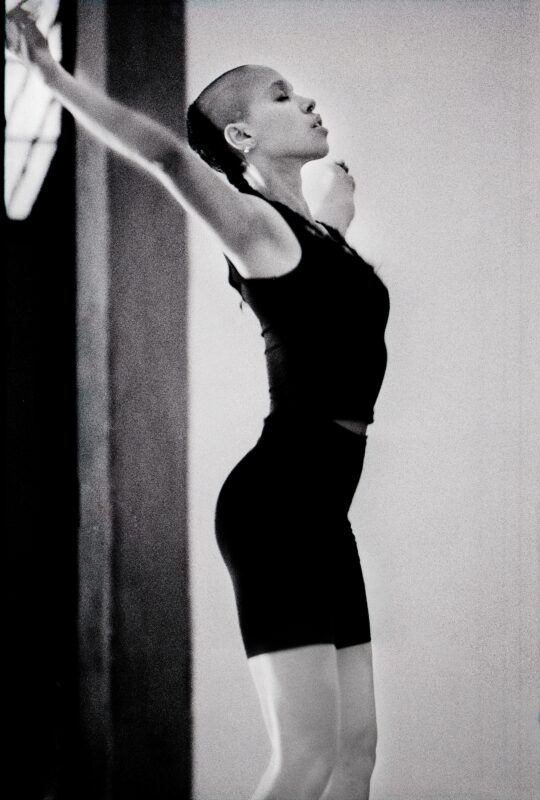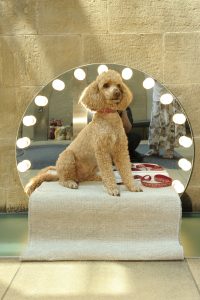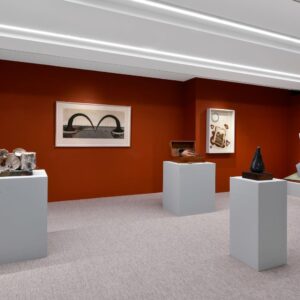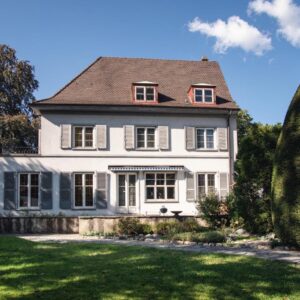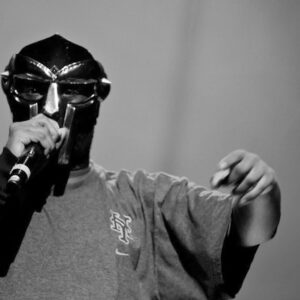Kiwi artists can sometimes be overlooked in more established artistic communities in Europe and the US. This is true for the relatively small island nation on several fronts, whether in global economics, sports, or embracing new, global entertainment ideas. However, New Zealand remains a country that often punches above its weight.
By embracing ideas from other countries but not forgetting some of the nation’s more traditional foundations, Kiwi culture strikes a sound, inclusive balance for many Indigenous citizens. There’s obvious European influence in NZ, ranging from English as the main language to more traditional forms of Western entertainment, such as casino gaming.
While countries within Oceania with a Western influence have certainly embraced traditional casino games like roulette, and have embraced growing trends that have led to the rise of online roulette as a new way to play—which mirrors many of the changes in Western countries—there’s still a foundation of strong cultural heritage. So, despite the clear influence, there are plenty of parts of Kiwi culture that remain authentically Maori and help artists like Johnson explore their roots through art.
Merging Contemporary & Traditional Art

Following the path created by prominent Mori artists like Kura Te Waru Rewiri and Michael Parekwhai, Johnson Witehira submerges his proud heritage with a contemporary feel.
There’s a real buzz about contemporary art at the moment. While some of the arts news might focus on artistic contemporary hubs like London—with FKA Twigs recently unveiling art at Sotheby’s—there’s also a strong, authentic character to contemporary works in this hemisphere, too, which Johnson Witehira epitomizes, all while not losing sight of the traditional Mori art that inspires him.
The Importance of Maori Art in Wider Kiwi Culture
Regardless of the culture, maintaining a strong voice that upholds the traditions of yesteryear is the most integral factor in keeping it alive for present and future generations. Art is one of the most effective tools for this; it breaks down barriers, gets people talking, and is one of the best learning tools for those looking to learn more about Maori culture.
Johnson draws from this influence but also uses contemporary influence to project his vision of Maori culture in 21st-century New Zealand. A recent announcement in a trade deal between New Zealand and the UK aimed to protect the economy, trade, and culturally defining elements, such as the Haka.
The intertwining nature of art and culture is pivotal in maintaining social harmony—it helps the Maori voice in New Zealand, and it helps them keep a strong identity, not losing touch with their roots that stem back centuries.
Exploring Johnson’s Message
It’s rare to encounter art that doesn’t have a message or is trying to say something; Johnson Witehira has spoken extensively about why he merges tradition with contemporary art.
He has gone on record saying that his kaupapa (mission) as an artist and designer is to bring Maori visual culture back into the lives of all M?ori. He does this by combining a careful blend of indigenous culture, design, and technology.?
It becomes clear when you look at some of the art Johnson has created over the last 15 years that he is influenced and intrigued by the Maori culture of the past, just as much as he is by the idea of building a pathway for future Maori artists to flourish. Some of his most notable pieces include
Mana Moana—a collaboration with other Maori artists, writers, and musicians
My River Goes With Me—an immersive collaboration with Julie Nagam regarding roots and how they shape and define us
Land Of Tara—Imagery of Kupe, Toi, Kuaramarotini, Whatonga, Hotuwaipara, Reretua, Tautoki, and Te-Whanganui-a Tara (which is who Wellington harbor is named after) as lightboxes dotted around New Zealand’s capital city
Final Thoughts
Although art is subjective, and some pieces can mean entirely different things, great artists are able to build bridges between the past and the future.
Johnson embodies the belief that true art stems from taking inspiration from the past, respecting the base and origin of inspiration but using modern influence to shape art into a digestible and socially relevant format—not becoming too bogged down in the ideas of yesteryear in such a rapidly moving art world.
By combining traditional ideas and contemporary observations, Johnson’s work has reached millions of people—not just Maori but Kiwis with European ancestry and visitors who come to New Zealand from all over the world—looking to find art and history that highlights the foundation on which modern New Zealand thrives.
